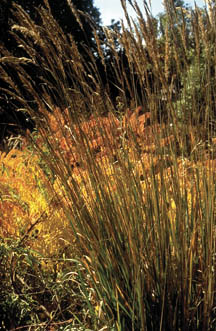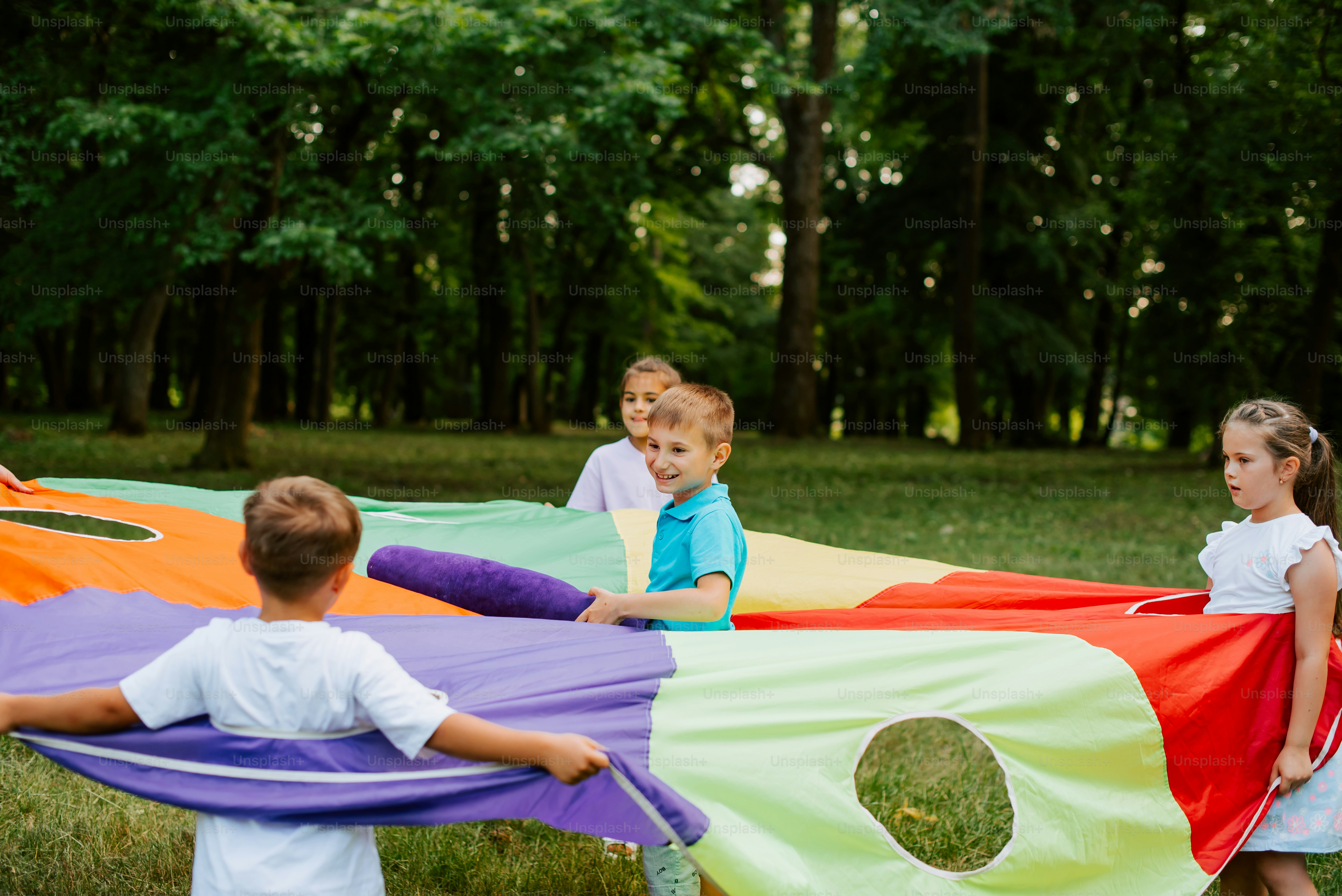Your Grass Is Dying In Summer Here's What To Do
Summer is a tough time for grass. The hot sun, dry weather, and heavy foot traffic can all take their toll. If your grass is starting to look brown and unhealthy, don't worry, you're not alone. There are a few things you can do to help your grass survive the summer and thrive again in the fall.
Here are 5 tips for saving your dying grass in summer:
- Water your grass deeply and regularly. The most important thing you can do for your grass in the summer is to water it deeply and regularly. Aim to water your grass deeply once a week, or more often if the weather is hot and dry. When you water, make sure to soak the soil all the way down to the roots.
- Avoid mowing your grass too short. When you mow your grass, it's important to leave at least 2 inches of growth. Mowing your grass too short can stress it out and make it more susceptible to heat damage.
- Fertilize your grass regularly. A healthy lawn needs nutrients to survive and thrive. Fertilize your grass according to the instructions on the fertilizer label.
- Aerate your lawn. Aeration helps to improve the drainage of your soil and allows air and water to reach the roots of your grass. Aerate your lawn once a year, or more often if your soil is compacted.
- Overseed your lawn. If your lawn is thin or patchy, overseeding can help to fill in the gaps and create a more uniform lawn. Overseed your lawn in the spring or fall.
In addition to these tips, there are a few other things you can do to help your grass survive the summer:
- Mulch around your plants to help keep the soil moist.
- Plant shade-tolerant grasses in areas that receive a lot of sun.
- Install a sprinkler system to make watering your lawn easier.
- Remove weeds from your lawn, as they compete with your grass for water and nutrients.
If you follow these tips, you should be able to keep your grass healthy and green all summer long.
It's summer, and your grass is dying. You're not sure what's wrong, but you're worried that it's too late to save it. Don't worry, you're not alone. Summer is a tough time for grass, and it's not uncommon for it to start to die. There are a few things you can do to try to save your grass, but if nothing seems to be working, you may need to call in a professional.
One of the most common causes of grass dying in summer is drought. If your area has been experiencing a lot of hot, dry weather, your grass may not be getting enough water. To help your grass stay hydrated, you should water it deeply and regularly. You may also want to consider installing a sprinkler system.
Another common cause of grass dying in summer is heat stress. If the temperature gets too high, your grass can start to wilt and die. To help your grass stay cool, you should mow it regularly and avoid watering it during the hottest part of the day. You may also want to plant shade trees or shrubs near your lawn.
If you've tried all of these things and your grass is still dying, you may need to call in a professional. A lawn care expert can help you diagnose the problem and recommend the best course of treatment.
For more information about grass dying in summer, please visit Garden Wiki. This website has a wealth of information on lawn care, including articles, videos, and a forum where you can ask questions and get advice from other lawn care experts.
FAQ of grass dying in summer
- Why is my grass dying in summer?
There are a few reasons why your grass might be dying in summer. One possibility is that it is not getting enough water. Grass needs about 1 inch of water per week, but this amount may need to be increased during hot, dry weather. Another possibility is that your grass is not getting enough sunlight. Grass needs at least 6 hours of sunlight per day to stay healthy. If your lawn is shaded by trees or buildings, it may not be getting enough sunlight. Finally, your grass might be dying because of a pest or disease. If you notice brown or yellow patches in your lawn, it is a good idea to have a professional diagnose the problem.
- How can I prevent my grass from dying in summer?
There are a few things you can do to prevent your grass from dying in summer. First, make sure you are watering your lawn regularly. You can use a sprinkler or a hose to water your lawn, but be sure to water deeply so that the water reaches the roots of the grass. Second, fertilize your lawn in the spring and fall to help it stay healthy. Finally, mow your lawn regularly to keep it at a height of 2-3 inches. This will help the grass shade its roots and prevent them from drying out.
- What can I do to revive my dying grass?
If your grass is already dying, there are a few things you can do to revive it. First, water your lawn deeply and regularly. You may also need to fertilize your lawn. If the problem is a pest or disease, you may need to treat your lawn with a pesticide or fungicide.
- What are some tips for keeping my grass green in summer?
Here are a few tips for keeping your grass green in summer:
- Water your lawn deeply and regularly.
- Fertilize your lawn in the spring and fall.
- Mow your lawn regularly to keep it at a height of 2-3 inches.
- Avoid walking on your lawn when it is wet.
- Remove weeds from your lawn.
- Aerate your lawn in the fall.
- What are some common lawn problems in summer?
Some common lawn problems in summer include:
- Brown patch: This is a fungal disease that causes brown, circular patches to appear in your lawn.
- Dollar spot: This is another fungal disease that causes small, round spots to appear in your lawn.
- Rust: This is a fungal disease that causes orange or brown spots to appear on your lawn.
- Summer drought: This can cause your lawn to dry out and die.
- Heat stress: This can cause your lawn to turn yellow or brown.
Image of grass dying in summer
- A patch of brown grass in a yard, surrounded by healthy green grass.

- A close-up of a single blade of grass that is turning brown and wilting.

- A field of tall grass that is mostly brown, with a few patches of green remaining.

- A cow standing in a field of brown grass, looking dejected.
- A group of children playing in a park, surrounded by brown grass.


Post a Comment for "Your Grass Is Dying In Summer Here's What To Do"